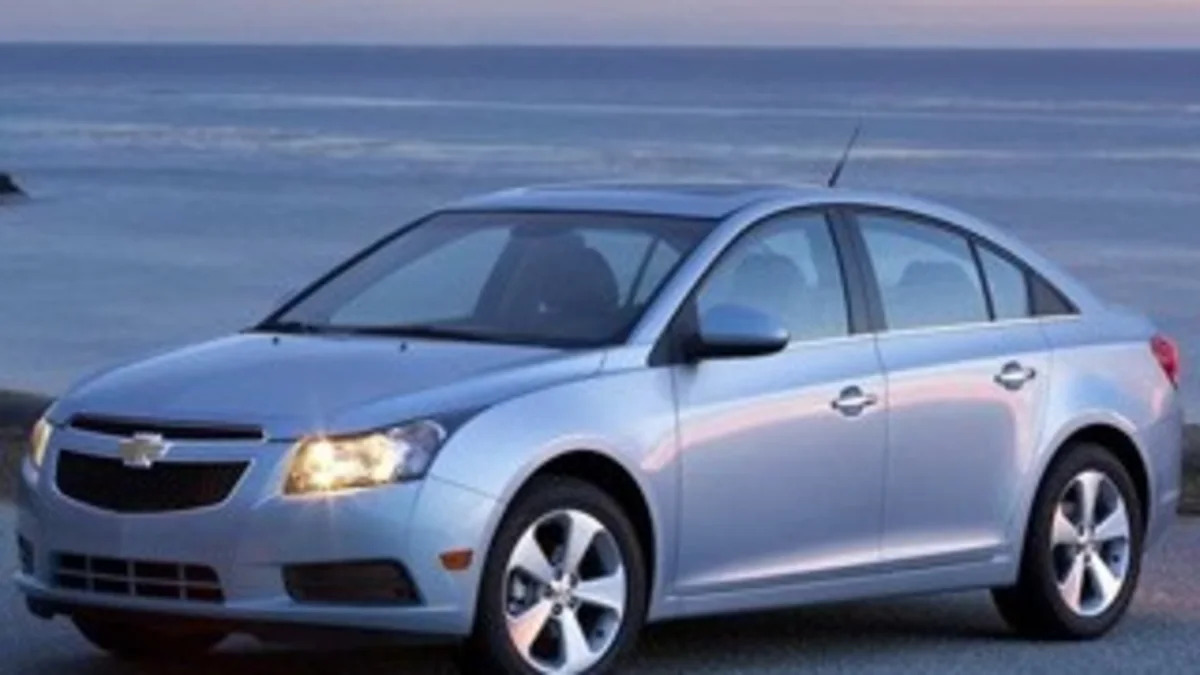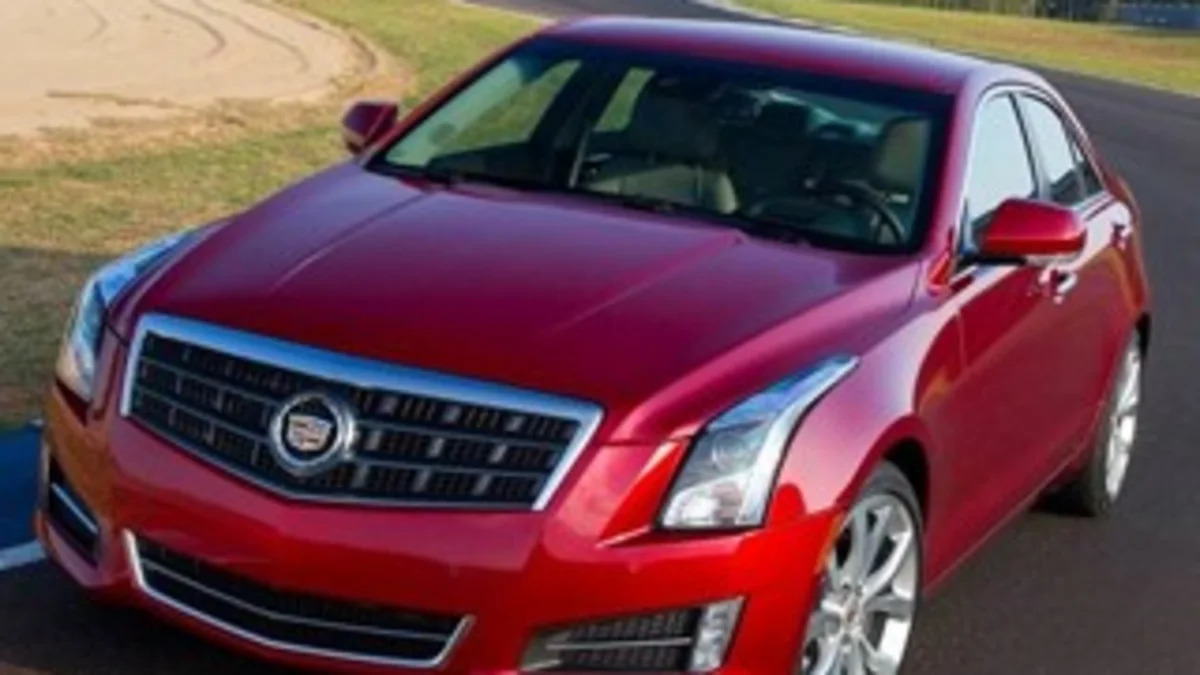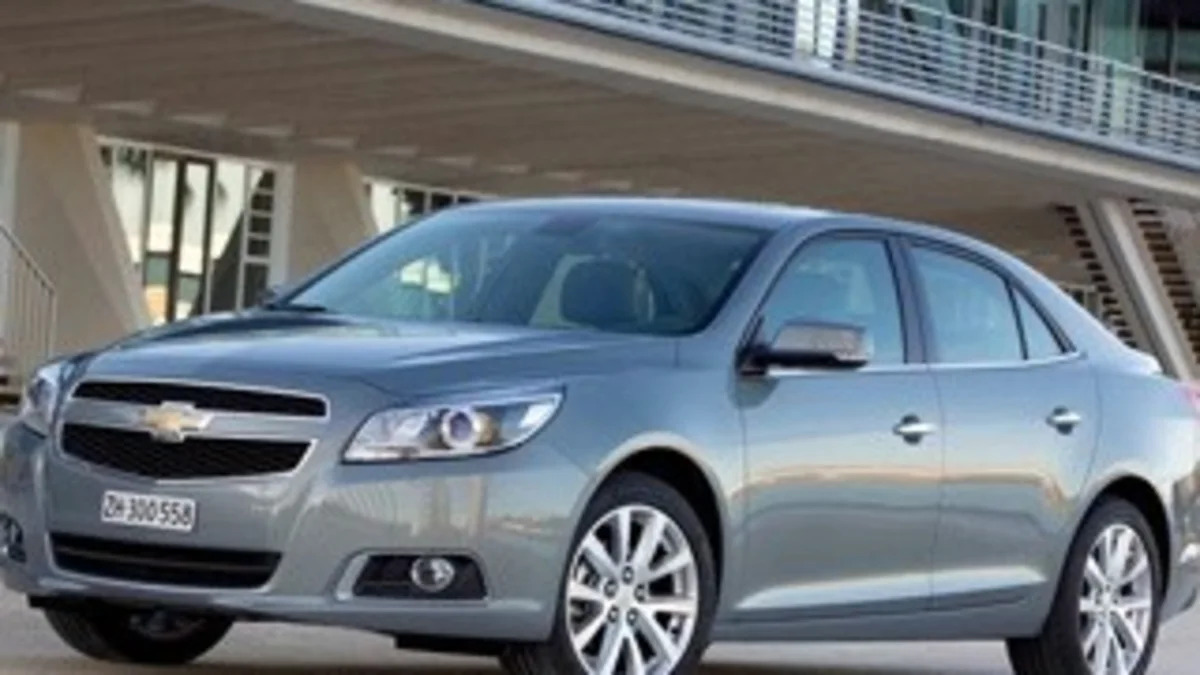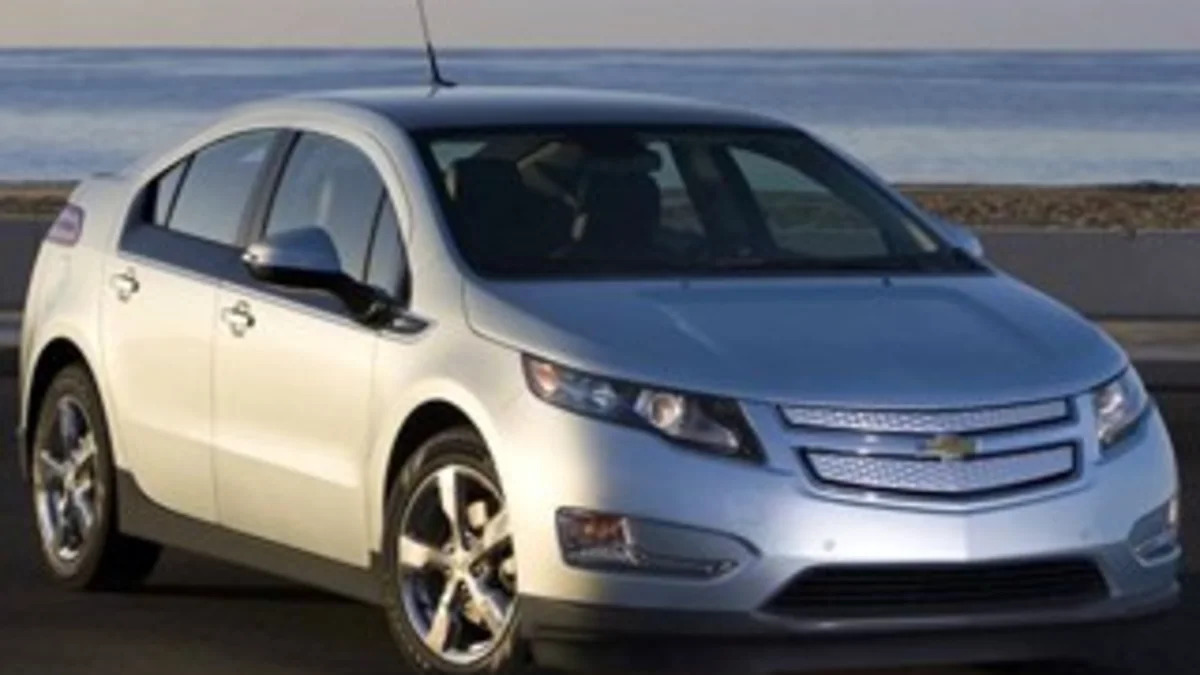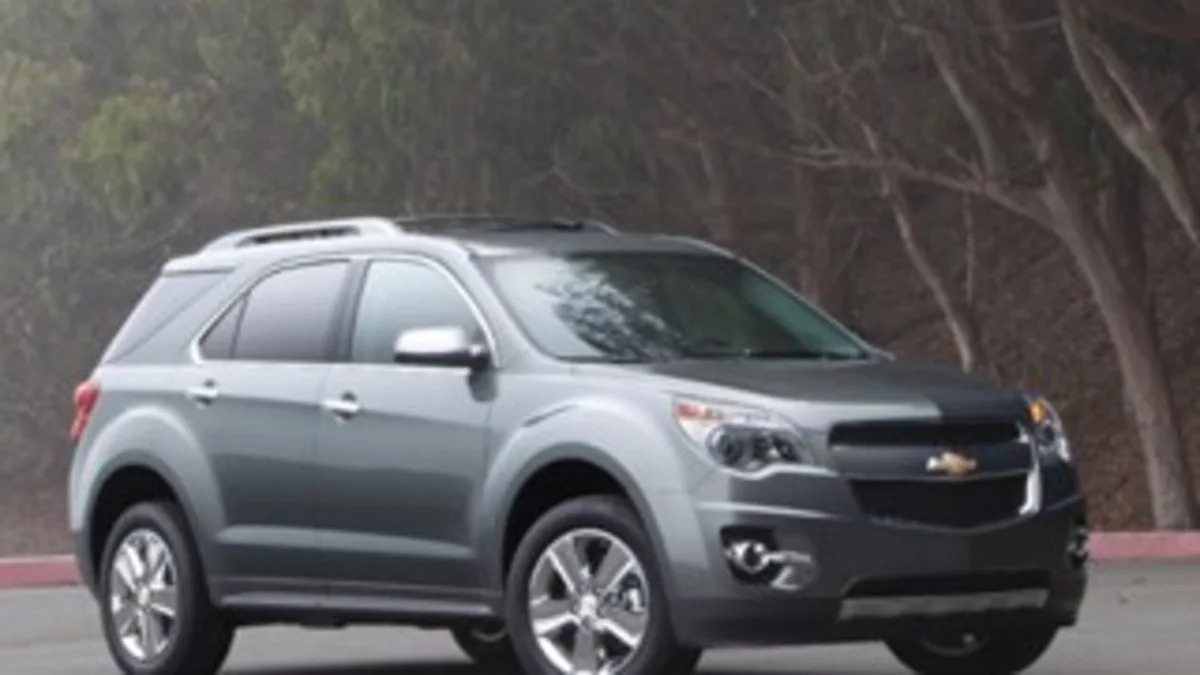General Motors Winners And Losers
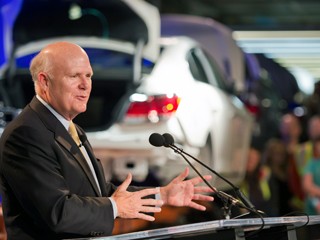
-

- Image Credit: GM
Should the average car buyer be as bullish on General Motors as billionaire investor Warren Buffet?
Buffet has upped his stake in General Motors to 25 million shares in the fourth quarter. But it's questionable whether or not GM will be able to keep up its solid results. Even though it posted its second straight year of earnings in North American, its European brand Opel is dragging things down.
American taxpayers should have an interest in what's happening at GM, since we still own a big chunk of it. The government has announced its plan to unwind its ownership stake in GM this year, a process that may drag into early 2014.
But is GM on solid footing to go it alone? To not get itself back into the financial soup that caused it to fold in 2009?
From a product standpoint, we think on the whole that GM's cars and trucks have never been better. But there are still some examples of vehicles that they have launched that have serious problems and have disappointed. Check out our gallery for three GM losers and winners, and why we have dubbed them thus. -
- Image Credit: GM
Chevy Cruze
The Chevy Cruz has been lauded by several automotive outlets, including AOL Autos. Our favorite version is the Cruze Eco, which gets 42 mpg to a reduction in weight and a turbo-charged 1.4 liter inline four cylinder engine. It also has a six-speed manual, which is not everyone's cup of tea, but we like it. We saw highway fuel economy of 50 mpg when we were cursing in sixth gear. That's just awesome with a non-hybrid and non-diesel car.
The Cruze does, of course, come with an automatic transmission as well. And this year, the compact sedan will also come as a diesel. Yup. Chevy is finally giving us a clean-diesel passenger car, just like Volkswagen and other Germans have been offering U.S. drivers for years.
The Cruze is a taut driver, with sufficient backseat room and trunk space for a car in this class. It stacks up perfectly well to stalwarts in the category, such as Toyota Corolla and Honda Civic, and many of our staff prefers it to both of those models. Chevy nailed it with the Cruze. The company should put the team that engineered and planned it on the next Malibu sedan to make that car as good.
The base Cruze starts at $17,130, and goes up to $23,550 for the top of the line six-speed automatic LTZ trim level. The sweet-spot for value here is the Cruze ECO automatic for $20,875. -
- Image Credit: GM
Cadillac ATS
A new entry level Cadillac to take on the BMW 3 Series. It is rear-wheel drive, like a BMW 3 Series, and the styling is very modern and sleek. It handles and accelerates like a first-tier sports car. And it was good enough to be North American Car of the Year, as voted on by fifty journalists.
The only thing holding back the ATS will be a less than wonderful dashboard control set-up that has replaced knobs and witches with capacitive-touch controls that can at times be frustrating and badly functioning. -
Chevy Malibu
It's not that the Chevy Malibu is a rotten vehicle. It's not bad at all. It's pretty okay. But that's not a ringing endorsement, is it? It also came out around the same time as an all-new Nissan Altima, Ford Fusion, Honda Accord and not long after an all-new Toyota Camry. And all of those mid-sized sedans had nicer interiors, cooler styling and better performing engines.
It's tough to figure out how GM could have bolloxed such an important new car, though perhaps going through critical engineering while also going through bankruptcy impacted it.
Chevy is choking on a 150-day-plus supply of Malibus, and is busy, we hear, trying t a quick, emergency upgrade to aspects of the car they can still change before redesigning it again. We hope GM succeeds. But we also lament the choice of sticking with the Malibu name. It sounds so 1970s. -
- Image Credit: GM
Chevy Volt
There is nothing wrong with the Chevy Volt in our books except that too few people want it. That's a problem.
It retails for almost $40,000, but that number comes down to around $32,000 after federal tax credits for buying an extended-range electric vehicle. That means you can drive the car about 35 miles on an electric charge. When that runs out, a gas-powered motor keep the battery powered until you can plug-in again. Easy.
Except people are stubborn to change. Chevy has juiced sales of the Volt a couple of times with cheap leases that ranged from $199 to $239. But now people eke waiting for the cheaper deals to come back. Today's lease deals run $299 or more. Still a good deal, but not when you think GM is going to go back to $199 to clear out inventory.
Nobody wants to sign up for $299 or more a month if you think $199 is around the corner.
GM and the feds have done a terrible job of selling the public on the benefits of an extended range EV. But it's also possible that the American pubic just won't bite on EVs just like they fight against exercise, calorie counts on menu boards, getting rid of bio-engineered crops and assault rifles. But lousy marketing hasn't helped. -
Chevy Equinox
The current Equinox was good enough to win AOL Autos Best CUV under $30,000 designation last year. No easy task since it had to best Hondas CRV, Toyota RAV4, Hyundai Santa Fe, Mazda CX-5, Ford Escape and more.<br/><br/>
The Equinox has it all--styling, fuel economy, especially in the four-cylinder version, space and a very nicely appointed interior. Chevy has been producing and selling the Equiniox full out since it launched, and there is good reason for that.<br/><br/>
